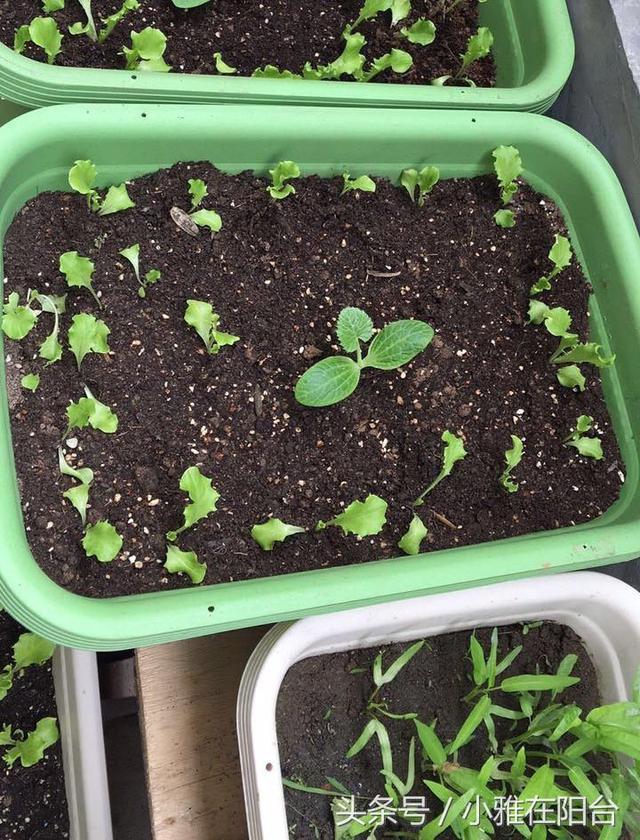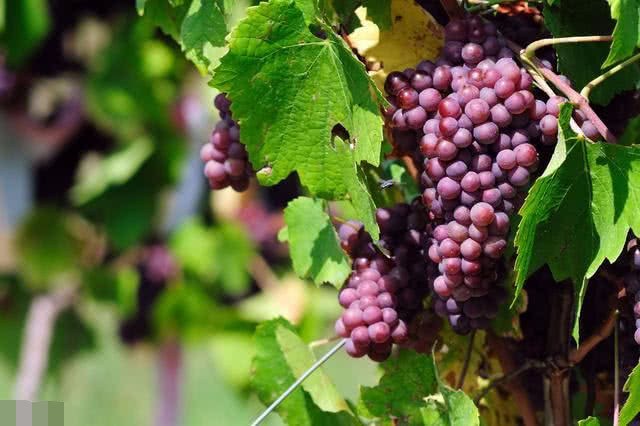The treatment of yellowing leaves of several common indoor plants makes potted plants green all the year round.

No matter how well your plant is raised, the appearance of yellow leaves is inevitable. All plants will undergo normal metabolism. Even if the plant called evergreen grows very healthily, there will still be yellow leaves at the bottom, which belongs to normal aging and the normal withering of plant leaves. The old leaves at the bottom of the rhizome only need to be removed in time and will not affect the health of the plant.
The following is to introduce to you several common indoor plants, if there is an abnormal yellowing of leaves, it must be dealt with in time, according to the state of yellow leaves to analyze the reasons, it is easy to deal with.
1. Green pineapple leaf yellow
The leaves of green apples turn yellow, usually because the environment is too dark or too much watering.
Although the green pineapple is very shady, if you keep it in an excessively dark place, it is easy to have yellow leaves. At this time, you need to remove these yellow leaves in time, move them to a bright place, and do not expose them all at once. Otherwise, it is easy to sunburn the leaves, which will seriously cause the branches and leaves to wither.
Green apple leaves yellowing another situation, that is, excessive watering, or long-term dry soil, soil long-term moisture or stagnant water, new leaves are easy to yellowing, serious will lead to rotten roots, at this time you need to put it in a ventilated and transparent position to dry the water in time.
two。 The leaves of Cymbidium are yellow.
Cymbidium is a kind of indoor plant that can endure shade and drought, as long as it is properly maintained, it can maintain the state of green all the year round and grow creeping branches constantly.
If the leaves of the orchid turn yellow, it is necessary to improve the maintenance environment in time. If the leaf tip turns yellow, it is likely that the air humidity is not enough or the soil fertility is too low. You can spray water around it and add some organic fertilizer and water regularly to improve it.
If the yellowish leaves are caused by insufficient light intensity, you need to move it to a place with scattered light to avoid excessive darkness or frequent watering. The soil can be watered only when the soil is dry.
3. The leaves of asparagus turn yellow
Asparagus raised indoors as a potted plant is particularly prone to yellowing of branches and leaves. If it is not dealt with in time, it will continue to lose leaves, which will affect the ornamental.
The yellow leaves of asparagus are usually caused by insufficient humidity or poor ventilation. It is found that the yellow leaves of asparagus should be treated in time, cut off all the yellow leaves and withered branches, move it to a suitable position, and have appropriate scattered light every morning or evening, the light should not be too strong, and the environment should be ventilated and transparent, which can be kept moist properly. keep the surrounding spray water with high air humidity.
4. The leaves of white palm turn yellow.
White palm is a plant that is relatively tolerant to shade and drought. If its branches and leaves wilt, it can be restored to health by soaking in the pot. You can prepare a pot of water, put the white palm of the pot inside, and the water level goes over the top of the flowerpot. Soak for about 5 minutes, and then pick up the pot white palm to drain the water, put it in a ventilated and transparent position, and quickly restore the state of health and green.
If the white palm has the condition of yellow leaves, you must improve the environment in time, cut off the yellow leaves, maintain the environment to keep the light bright, or give appropriate scattered light every day, and avoid exposure or long-term direct sunlight.
5. Rich bamboo leaf yellow
There are many reasons for the yellowing of leaves in the newly bought rich bamboo. If the leaves at the bottom of the rich bamboo you bought keep yellowing and the new roots do not grow, then you need to remove most of the leaves at the bottom. Leaving a few leaves at the top is enough. Too many leaves will consume a lot of nutrients, which will lead to continuous yellowing of leaves.
- Prev

The vegetables grown on the balcony grow fat, strong and prosperous in a small way.
Many friends yearn for the pastoral life of growing flowers and vegetables and having a vegetable garden. Although there is only a balcony and terrace, as long as they take good care of it, they can grow a lot of fresh and pleasing vegetables and live the life of a farmer and a farmer's wife. A friend who has grown vegetables.
- Next

Do vines need fertilizer in winter? How to apply fertilizer?
Summary: Do grapevines need fertilization in winter? How to apply fertilizer? Do grapes need winter fertilizer? Many friends do not attach importance to this, or even do not think so, scientific agriculture that winter fertilizer is still very necessary. From autumn vine leaves fall...
Related
- Wuhan Hospital Iron Tree Blooming Result Was Instantly Frightened by the Gardener Master
- Which variety of camellia is the most fragrant and best? Which one do you like best?
- What is the small blue coat, the breeding methods and matters needing attention of the succulent plant
- Dormancy time and maintenance management of succulent plants during dormancy
- Minas succulent how to raise, Minas succulent plant pictures
- What are the varieties of winter succulent plants
- How to raise succulent plants in twelve rolls? let's take a look at some experience of breeding twelve rolls.
- Attention should be paid to water control for succulent plants during dormant period (winter and summer)
- Watering experience of twelve rolls of succulent plants
- Techniques for fertilizing succulent plants. An article will let you know how to fertilize succulent plants.

